Oktoberfest Guide 2025: Tradition, Brews, and Bavarian Pride
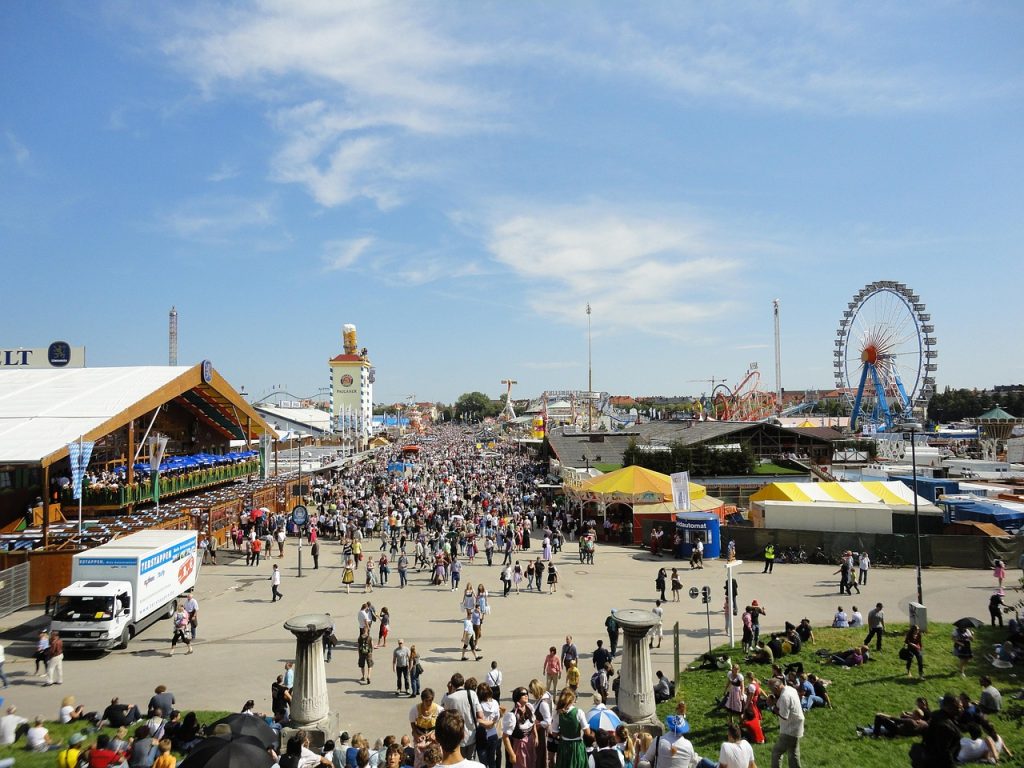
Oktoberfest 2025 transforms Munich into the world’s largest beer garden from September 20 to October 5. This Oktoberfest guide 2025 takes you to Theresienwiese, where clinking steins, brass bands, Bavarian specialties, and over two centuries of brewing tradition create a vibrant carnival atmosphere that attracts millions worldwide.
How Oktoberfest Began
Every autumn, the air at Theresienwiese, a sprawling 42-hectare meadow near the city center, fills with the aromas of roast chicken, gingerbread hearts, and hops. Brass bands echo from giant tents, and millions of steins clink to the chorus of “Ein Prosit der Gemütlichkeit.”
Oktoberfest’s origins are surprisingly romantic. In 1810, Crown Prince Ludwig (later King Ludwig I) married Princess Therese of Saxony-Hildburghausen. Munich’s citizens were invited to join the festivities, which concluded with a grand horse race on a meadow named after the bride—Theresienwiese, or “Therese’s meadow.”
The event was so popular that it became annual, evolving over the decades with beer tents, parades, rides, and Bavarian culinary delights. Wars, economic crises, and even pandemics have interrupted it, but Oktoberfest always comes back stronger.
Today, it’s not just Germany’s most famous festival—it’s the largest folk festival in the world, deeply rooted in Bavarian tradition.
The Beer That Defines Oktoberfest
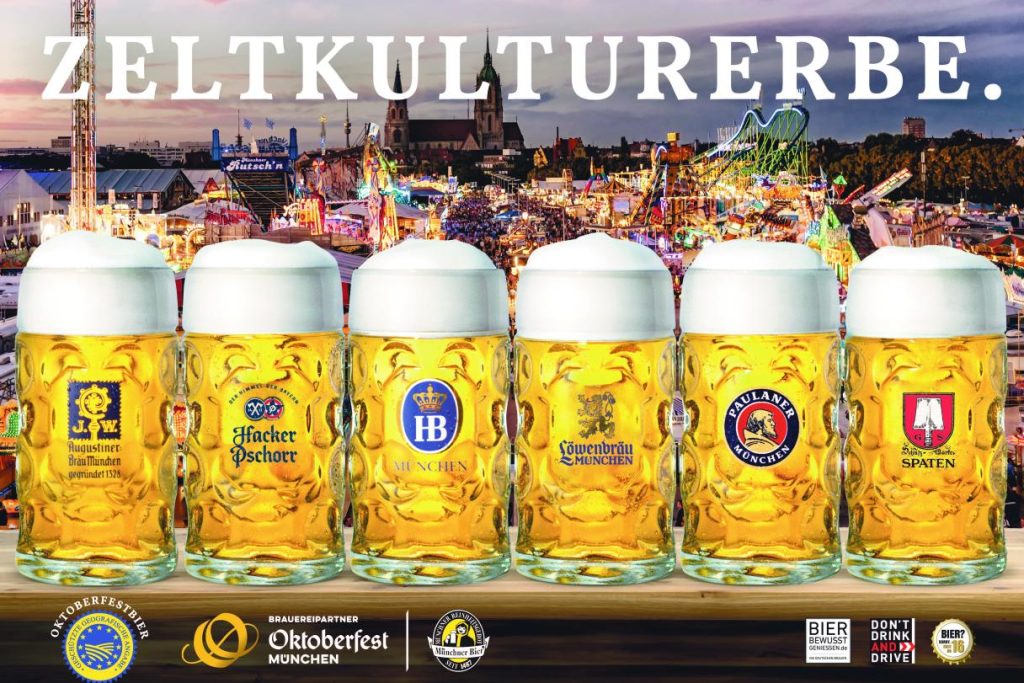
The beer at Oktoberfest is more than a drink—it’s a tradition brewed to strict Bavarian purity laws, crafted by Munich’s historic breweries, and served only within the festival tents. Golden, malty, and strong enough to warm the spirit, this Märzen-style lager is the true taste of Oktoberfest, filling millions of steins each year with the flavor of Bavaria’s heritage.
Only six Munich breweries—Paulaner, Augustiner, Löwenbräu, Spaten, Hacker-Pschorr, and Hofbräu—are allowed to serve at Oktoberfest. Each brews a special Oktoberfestbier, a Märzen-style lager brewed slightly stronger and maltier than everyday beer, around 6% alcohol.
Christian Dahncke, master brewer at Paulaner, explains the challenge: “The biggest challenge is actually trying to brew the same beer every time without additives, even though the harvest changes every year.”
Behind every golden liter is not just malt and hops, but months of preparation and tradition.
💡Traveler’s Tip: A Maß (one liter) may look manageable, but it’s equal to two pints. Drink slowly, eat heartily, and hydrate between steins.
Oktoberfest Guide 2025: Choosing Your Tent
There are 14 large tents and 20+ smaller ones, each with its own personality. Picking the right one can shape your Oktoberfest journey.
- Schottenhamel – The heart of tradition. The mayor taps the first keg here with the famous cry “O’zapft is!”—signaling the official start. It’s a popular choice for students and younger crowds.
- Paulaner’s Winzerer Fähndl – One of the largest tents, famous for its iconic rotating beer tower. Here, Paulaner’s brewmaster Christian Dahncke taps the first keg for his brewery. Expect lively music, Bavarian food, and a good mix of locals and tourists.
- Hofbräu Festzelt – The most international tent, especially beloved by Americans and Australians. Loud, energetic, and always ready for a singalong.
- Augustiner Festhalle – Beloved by Munich locals. Its beer comes from traditional wooden barrels, giving it a creamier taste. The atmosphere is more family-friendly and less touristy.
- Hacker Festzelt (“Himmel der Bayern”) – Its painted ceiling of blue sky and white clouds feels like drinking under Bavaria’s open skies. A favorite for both locals and visitors.
- Löwenbräu Festhalle – Guarded by a roaring lion above the entrance, this tent is known for its rowdy, party-friendly vibe.
- Spaten’s Ochsenbraterei – Famous for its spit-roasted ox specialties. Perfect if you want to combine hearty Bavarian food with beer.
💡Traveler’s Tip: Reservations open months in advance and usually sell out by spring. Without one, arrive early (before noon on weekends, mid-afternoon on weekdays) for the best chance at getting a table.
Food, Music, and Culture
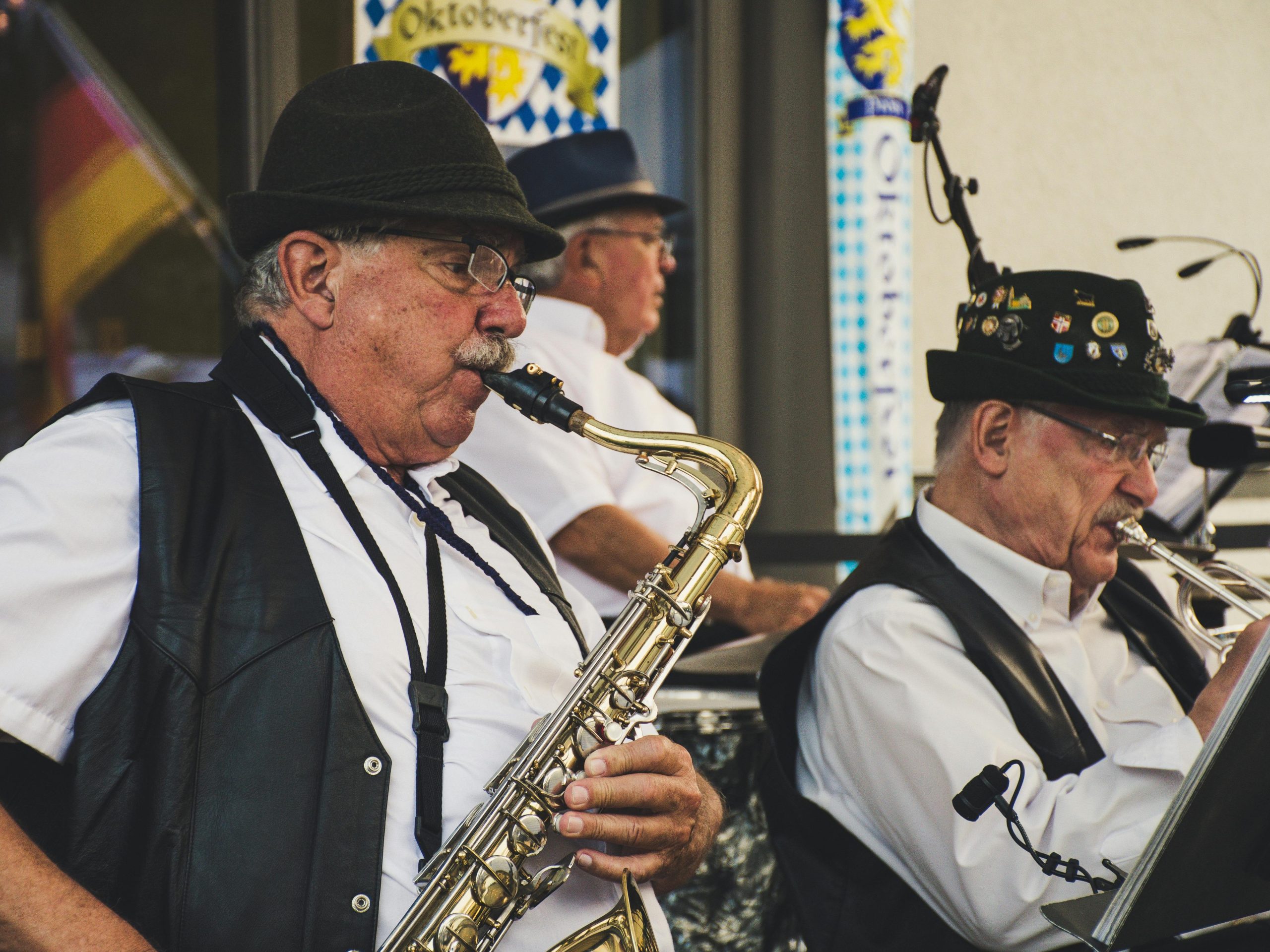
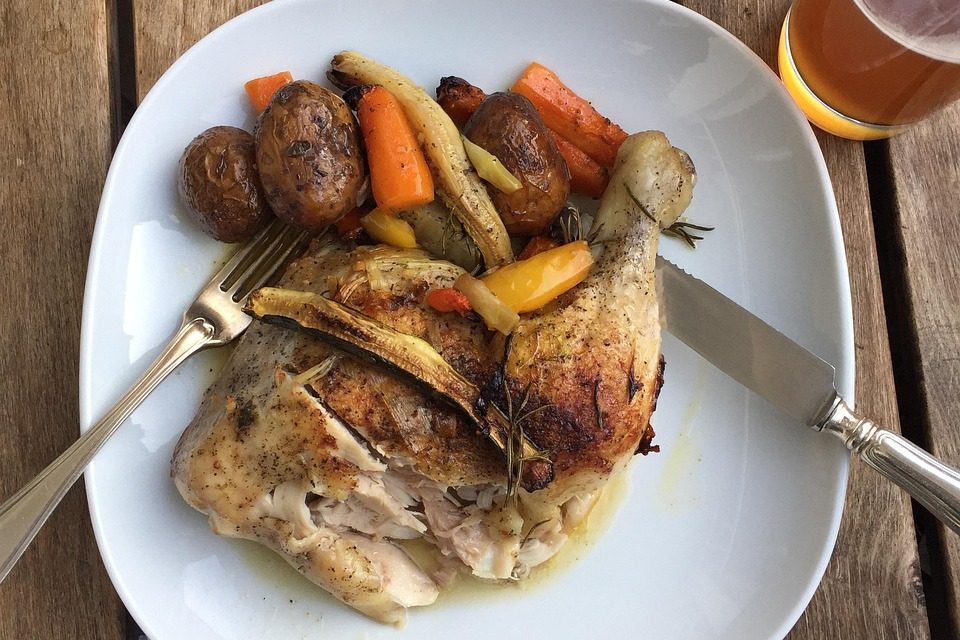
While beer sets the stage, Oktoberfest is just as much about the flavors, sounds, and traditions that fill Munich each autumn. Giant pretzels, roast chicken, and gingerbread hearts fuel the festivities, while brass bands strike up folk tunes that sweep through the tents. Parades, traditional costumes, and carnival rides add to the spectacle, making Oktoberfest a full immersion into Bavarian culture.
Bavarian Cuisine
Oktoberfest food is hearty, rustic, and designed to keep you standing on benches all night. Try:
- Hendl – Roast chicken with crispy skin.
- Schweinshaxe – Pork knuckle, slow-roasted until tender.
- Weißwurst – White sausages eaten with sweet mustard and pretzels.
- Käsespätzle – Germany’s answer to mac & cheese.
- Kaiserschmarrn – Fluffy shredded pancake with raisins and powdered sugar.
- Lebkuchenherzen – Heart-shaped gingerbread cookies, often decorated with sweet messages like Ich liebe dich.
Music & Atmosphere
Every 20 minutes, brass bands strike up “Ein Prosit der Gemütlichkeit,” and instantly the entire tent rises—thousands of glasses lifted high, voices joining in unison before another hearty sip. The music doesn’t stop there. Between traditional Bavarian folk songs, polkas, and marching tunes, the bands slip in everything from 80s rock anthems to international sing-alongs that get the crowd roaring. The result is a joyful mix of heritage and modern festivity, where strangers become friends over music, laughter, and the shared rhythm of celebration
Beyond the Tents
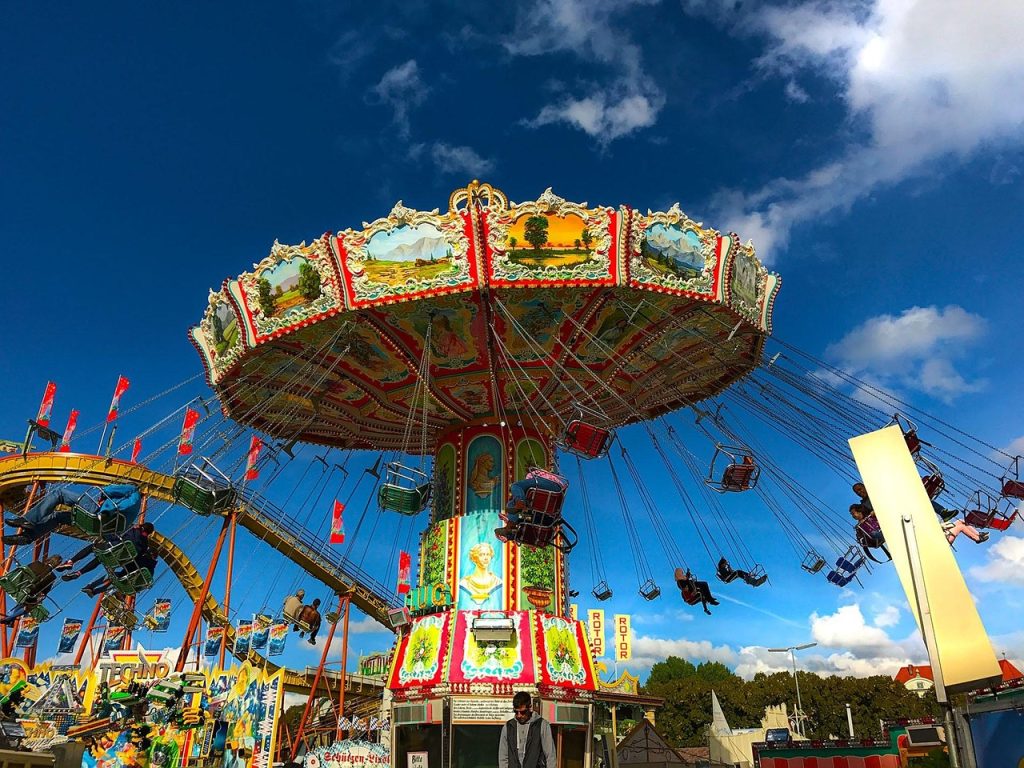
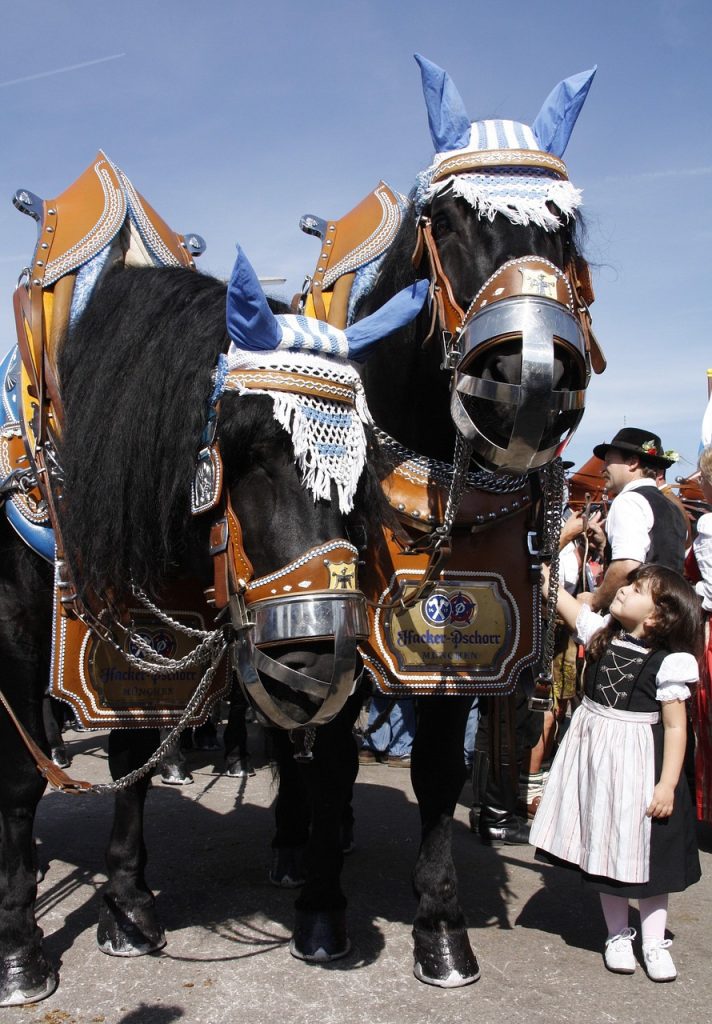
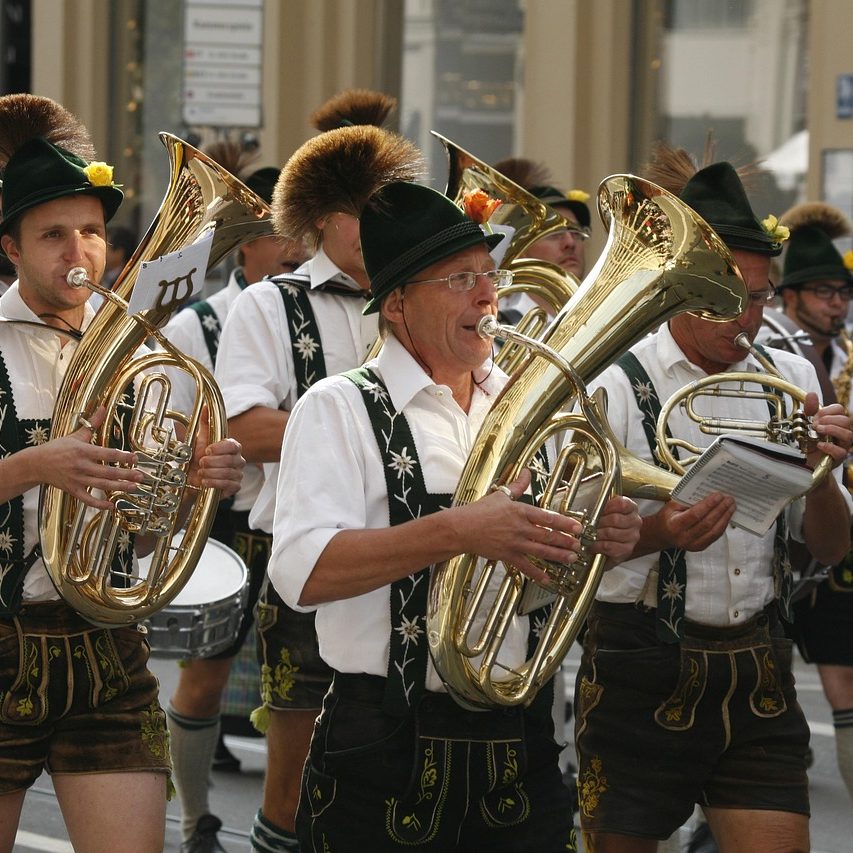
Step outside, and you’ll find a buzzing fairground with rollercoasters, Ferris wheels, and carnival games. Families often spend more time here than inside the tents. The Costume and Riflemen’s Parade on the first Sunday is another highlight: thousands of participants in traditional Bavarian dress march through Munich, accompanied by horses, floats, and music.
Local Insights: Oktoberfest Like a Münchner
For locals, Oktoberfest isn’t just about drinking—it’s about tradition. Many Munich families have been visiting the same tents for generations. On weekdays, you’ll see grandparents with grandchildren in the calmer afternoon hours, enjoying roast chicken and music before the crowds swell in the evening.
Locals also distinguish between the Wiesn (the festival grounds) and the Oide Wiesn (Old Oktoberfest), a nostalgic section with historic rides, smaller tents, and traditional dancing. If the main grounds feel overwhelming, the Oide Wiesn offers a slower, more cultural experience.
💡Another tip: Munich locals often visit early in the week, leaving weekends to the tourists. If you want a more authentic feel, try going on a Tuesday or Wednesday afternoon.
Raising a Glass to Tradition
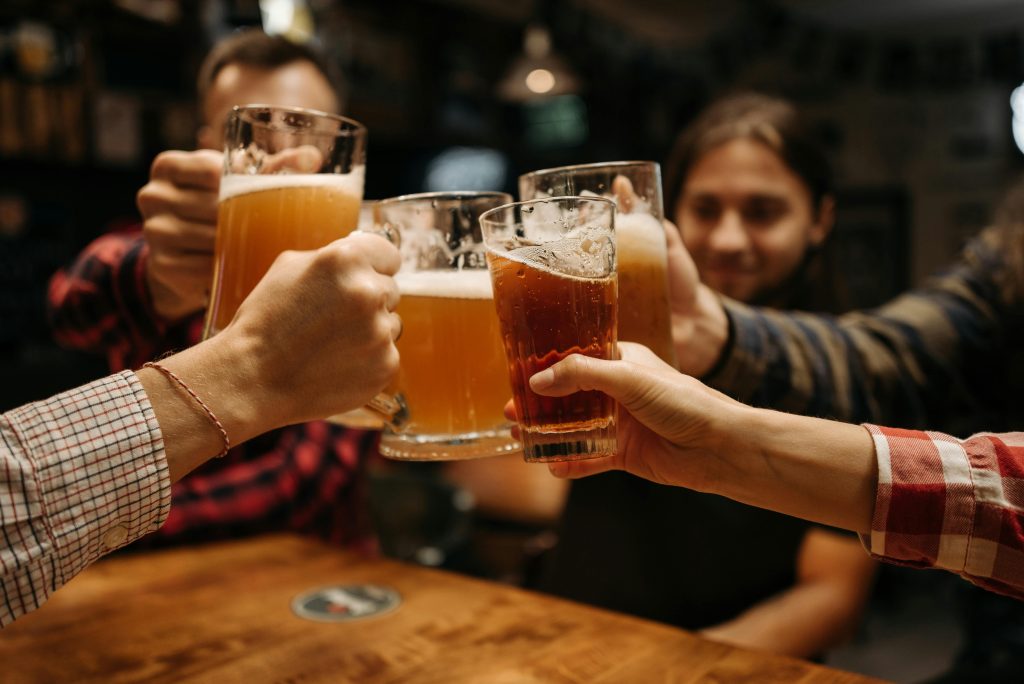
Oktoberfest may be measured in millions of visitors and liters of beer, but its magic lies in the moments—clinking steins with strangers, sharing laughter over a pretzel, and joining a chorus that echoes through the tents. For Munich’s brewers, it’s more than a festival; it’s a responsibility to uphold tradition and welcome the world. So when you raise your glass this September, you’re not just drinking beer—you’re part of a 200-year story still being written.
We also recommend reading our article The Taste of Tradition: Exploring the Soul of Bavarian Beer Culture for a deeper dive into the rich heritage behind Bavaria’s beloved brew.
Prost! 🍺
Oktoberfest 2025 Survival Guide
- Official Website of Oktoberfest in Munich: https://www.oktoberfest.de/en
- Dates: September 20 – October 5, 2025.
- Festival Hours: Tents open at 10 am on weekdays (9 am on weekends). Last call is around 10:30 pm. Rides and food stalls usually stay open until 11:30 pm.
- Getting There: Take the U-Bahn (U4/U5) to Theresienwiese. Don’t drive—parking is nearly impossible.
- Cash Is King: Many tents don’t accept cards, so bring euros.
- Timing: Weekdays are calmer. Afternoons are family-friendly; evenings rowdier.
- Dress the Part: Dirndls and lederhosen aren’t required, but wearing them makes you feel part of the festival. Rentals are available across Munich.
- Pace Yourself: One Maß equals two pints. Eat before you drink, and don’t try to match locals stein-for-stein.
- Stay Connected: Cell service can be patchy inside tents. Pick a meeting point outside in case you get separated from friends.
- Where to Stay: Hotels near the city center (Altstadt or Hauptbahnhof area) book up fast. Consider neighborhoods like Sendling or Schwabing for better availability and quick U-Bahn access.
- Book Your Tour: For an authentic taste of Munich’s Oktoberfest, we recommend booking a guided tour through GetYourGuide here—where local experts lead you beyond the tents and into the true spirit of the celebration.
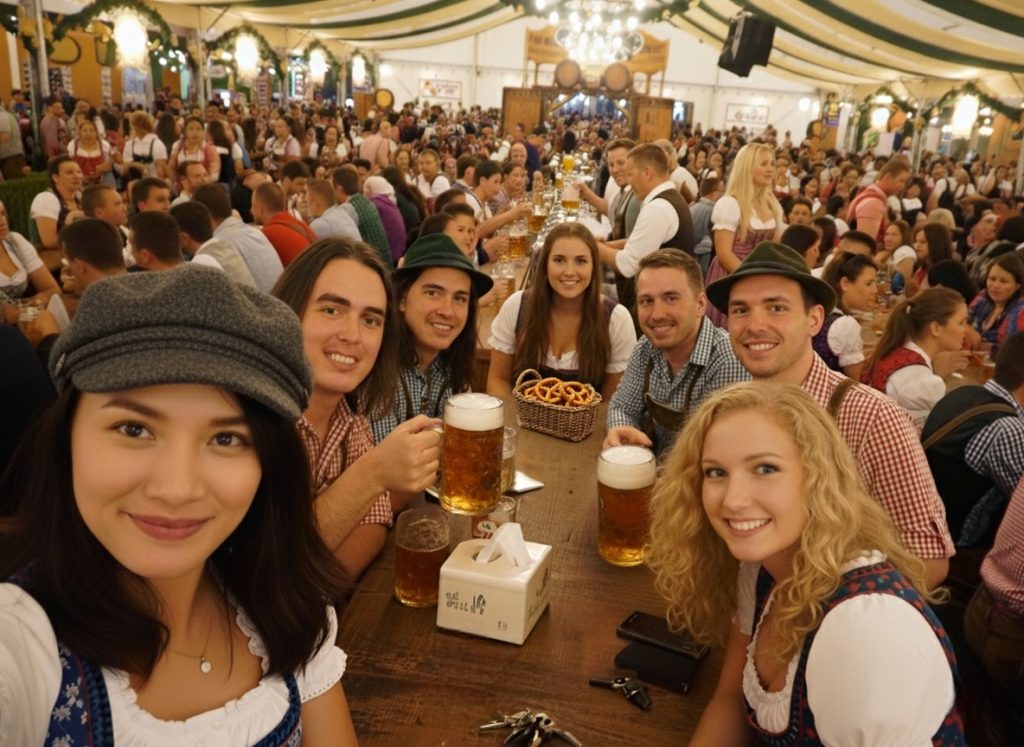
Affiliate disclaimer: Some of the links on this website are affiliate links. This means that if you click on them and make a purchase, we may earn a small commission—at no extra cost to you. These commissions help support the work we do in creating thoughtful travel stories and guides. We only recommend products, services, and experiences that we believe bring genuine value to travelers.
